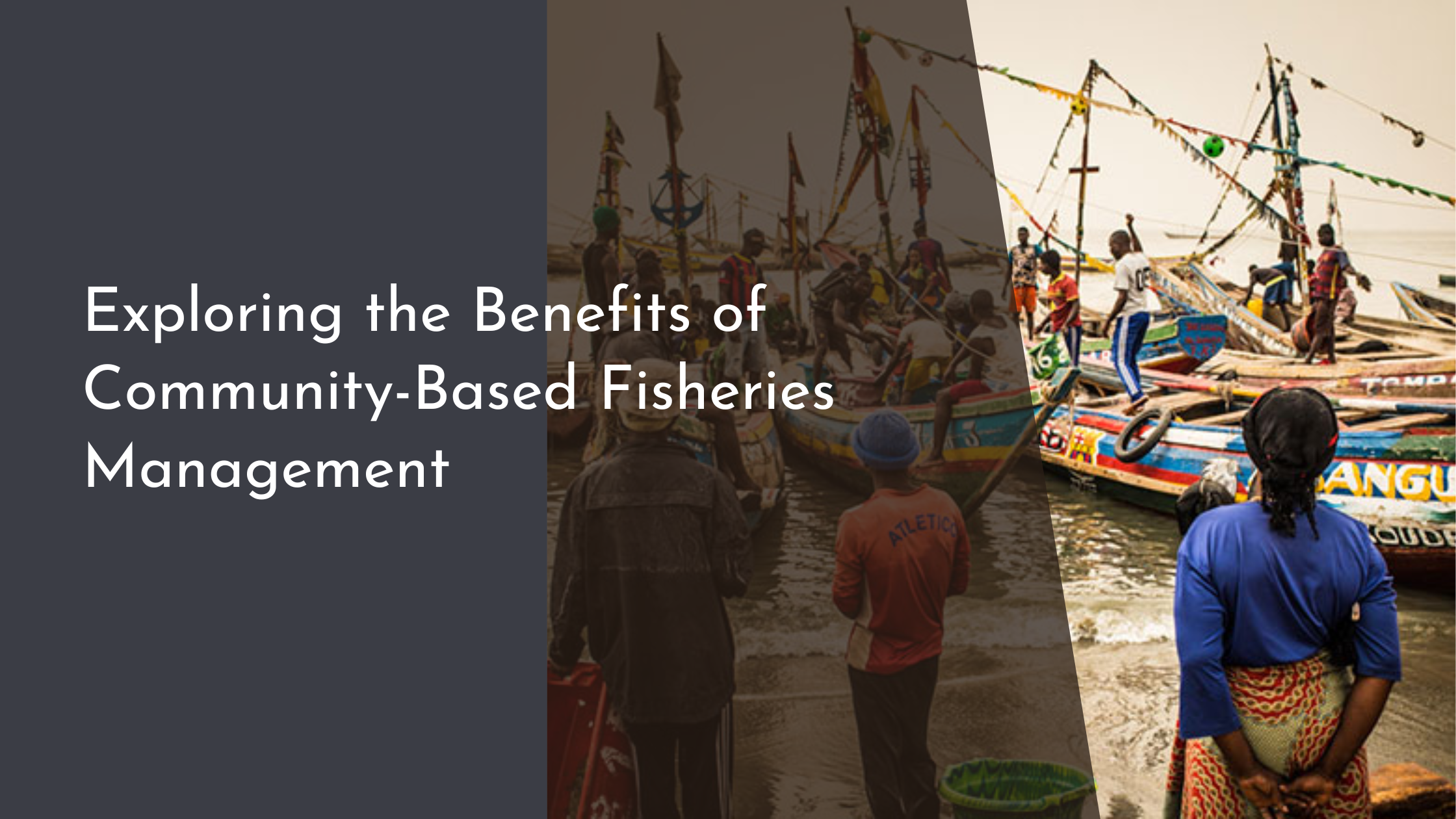Exploring the Benefits of Community-Based Fisheries Management
In recent years, the concept of Community-Based Fisheries Management (CBFM) has gained significant traction as an effective approach to managing and conserving marine resources. Traditional top-down management strategies often fail to address the intricate social, cultural, and ecological dynamics at play in fishing communities. CBFM, on the other hand, involves local communities in the decision-making process, empowering them to take active roles in the preservation and sustainable use of their marine environments. This approach not only reinforces environmental conservation efforts but also brings economic, social, and cultural benefits to the communities involved.
Understanding Community-Based Fisheries Management
Community-Based Fisheries Management (CBFM) is a participatory approach that involves local communities in the governance and management of their fisheries resources. Unlike traditional management systems that are often centralized and bureaucratic, CBFM recognizes the valuable knowledge and vested interests that local fishers and community stakeholders have in maintaining healthy marine ecosystems. By empowering these communities to take charge of their resources, CBFM fosters a sense of ownership and responsibility, which can lead to more sustainable and effective management practices.
In practice, CBFM involves the establishment of local committees or cooperatives that work in conjunction with government bodies and NGOs to develop and implement management plans. These plans often include measures such as setting fishing quotas, establishing marine protected areas, regulating gear types, and monitoring fish stocks. Through collective decision-making and shared responsibilities, CBFM helps to ensure that fisheries resources are managed in a way that balances ecological preservation with the socio-economic needs of the community.
Environmental Benefits and Ecosystem Impact
One of the most notable environmental benefits of CBFM is the enhancement of marine biodiversity. By involving local communities in the management process, CBFM encourages the implementation of sustainable fishing practices that reduce overfishing and habitat destruction. Community-based initiatives often include measures such as establishing marine protected areas, seasonal closures, and gear restrictions, all of which contribute to the restoration and conservation of marine ecosystems. This not only helps to maintain fish stocks but also supports the overall health of the ocean environment.
Moreover, CBFM facilitates better compliance with environmental regulations, as the community members themselves have a stake in the success of these initiatives. When fishers and community leaders are involved in the decision-making process, they are more likely to adhere to established guidelines and monitor each other’s activities. This peer-enforced compliance enhances the effectiveness of conservation efforts and ensures that the ecological benefits of CBFM are long-lasting, leading to healthier marine environments and more resilient ecosystems.
Economic Advantages for Local Communities
CBFM can also bring substantial economic advantages to local communities. By ensuring sustainable fish stocks, CBFM helps to stabilize and increase fish catches over time, providing a steady source of income for fishers. This, in turn, can lead to improved livelihoods and reduced poverty levels in fishing communities. Additionally, the participatory nature of CBFM often leads to the development of innovative income-generating activities such as eco-tourism and value-added fish products, which can diversify income sources and reduce reliance on traditional fishing.
Furthermore, CBFM can enhance market access and bargaining power for local fishers. By forming cooperatives or associations, community members can pool resources and negotiate better prices for their catch, reducing the influence of middlemen and ensuring fair compensation for their labor. This collaborative approach not only boosts community incomes but also empowers fishers to invest in sustainable practices and infrastructure, creating a positive cycle of economic and environmental benefits.
Social and Cultural Benefits of Collaborative Efforts
The social and cultural benefits of CBFM are equally significant. By involving community members in the governance of their resources, CBFM fosters social cohesion and strengthens community bonds. Collaborative management efforts encourage dialogue and cooperation among diverse stakeholders, leading to the development of shared goals and mutual trust. This sense of unity can extend beyond fisheries management, promoting community resilience and the ability to address other social and economic challenges.
Additionally, CBFM helps to preserve and promote traditional knowledge and cultural practices related to fishing and marine stewardship. By valuing the expertise and wisdom of local fishers, CBFM reinforces cultural identity and pride, while also providing a platform for intergenerational knowledge transfer. This cultural reinforcement not only enriches community life but also ensures that traditional ecological knowledge contributes to sustainable resource management, providing valuable insights that complement scientific approaches.
In conclusion, Community-Based Fisheries Management represents a paradigm shift in how we approach the governance of marine resources. By placing local communities at the heart of decision-making, CBFM not only fosters environmental sustainability but also delivers tangible economic, social, and cultural benefits. As communities around the world continue to embrace this approach, there is hope that CBFM can serve as a model for sustainable development, ensuring that fisheries resources are managed in a way that meets the needs of present and future generations. Through collaboration and shared responsibility, we can create a more harmonious balance between human activities and the marine environment, ultimately contributing to the well-being of both people and the planet.


